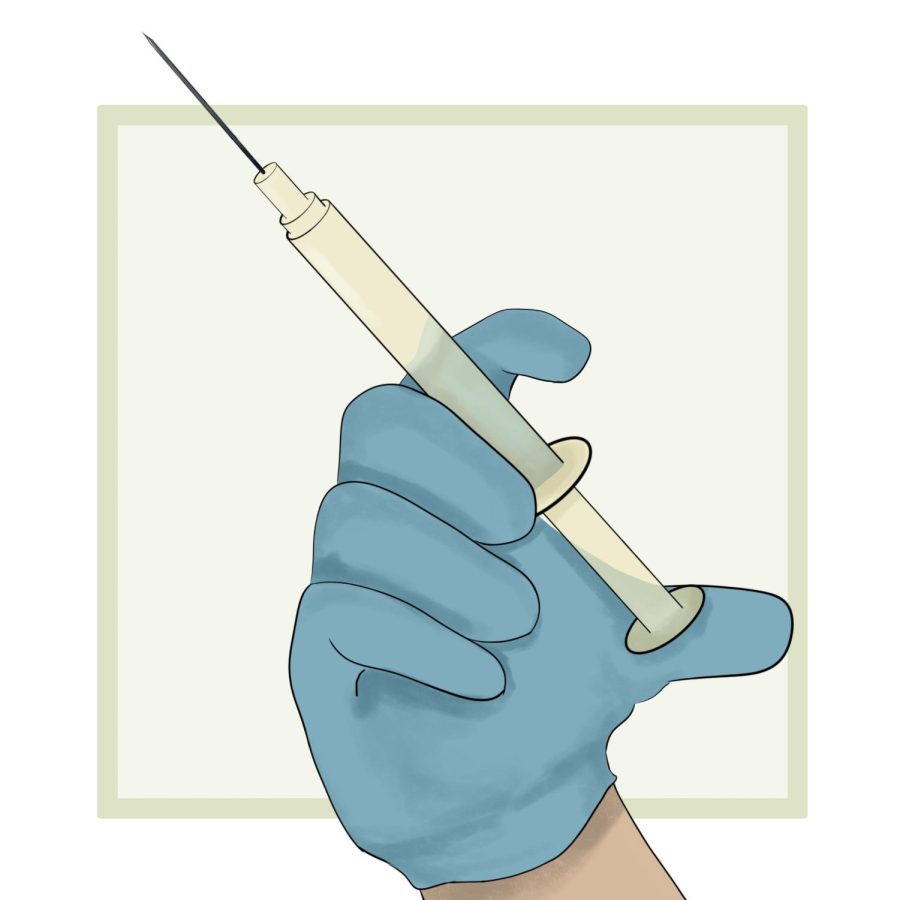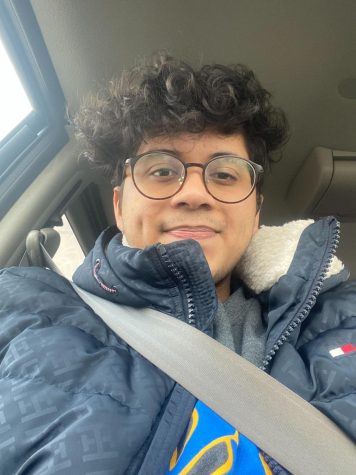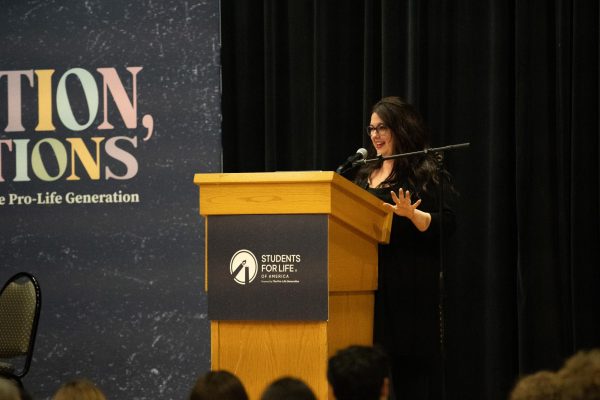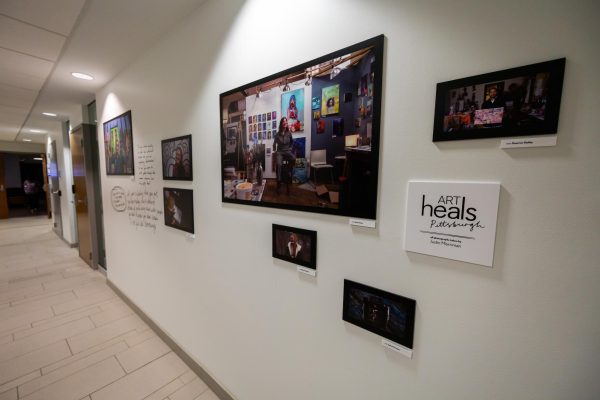Opinion | Trust your anesthesia team
March 3, 2023
I had only experienced the world of anesthesia once as a child. I was 10 years old, and my love for numbingly spicy food meant I took regular trips to the doctor for inflamed tonsils. After a few months of this, our family physician recommended that we opt to surgically remove my inflamed tonsils. My parents explained to me that it was a very simple procedure that involved me being put to sleep for two hours and waking up with a slightly sore throat. I was terrified — as many kids my age would be with the premise of surgery — but I was promised heaps of ice cream during the recovery, so I agreed without much contest.
On the day of my surgery, I remember the nurse anesthetist asking me whether I preferred grape or strawberry flavored anesthesia. This immediately calmed me in such an unfamiliar setting. I chose the grape because it was my favorite, and within 5 seconds, I was unconscious. It excited me that this was a decision I got to make and went for the grape flavored air. It took no longer than five seconds after noticing the grape flavor for me to fall unconscious. The next memory I had was of waking up in the recovery ward two hours later. It felt seamless.
A few weeks ago, I finally got a chance to see the other side of the intricate operation of anesthesia. I tagged along with an anesthesia attending physician, his team of respiratory therapists and certified registered nurse anesthetists.The attending oversees four surgeries at any given time, with his team members staying through each of the surgeries to ensure sufficient sedation is provided during the procedure. The team works like clockwork. In the short four hours I spent at the hospital, we had seen at least 10 patients with varying ailments. The anesthesiologist knew every case detail of every patient he interacted with. It’s a crucial skill to have knowing he’s responsible for making sure a patient goes to sleep before and wakes up after surgery. It’s a crucial skill to have. The anesthesiologist holds the heavy responsibility of making sure his patients go to sleep before and wake up after surgery safely.
Medicine and healthcare is an enterprise built on trust. It is the duty of the provider to earn this sacred trust and understand the gravity of what they are asking of their patients. Anesthesia is the pinnacle of this trust. In an anesthesia setting, the provider must convince their patient that they will safely anesthetize them, ensure they don’t feel any pain as the surgery team operates and that they wake up after everything is done. To hand this responsibility to anyone is a difficult decision to make.
During my shadowing, I observed the anesthesiologist briefing a patient about their procedure and what to expect. In the short five minutes that he had with the patient, he needed to do so many things. He spoke with the patient about their condition, the medications they are on, any allergies they may have, did a physical examination on their airway and answered all the questions the patient had. It seemed formulaic and almost like there’s a checklist to follow, but what I saw was a fine craft, perfected through years of patient interaction.
The five minutes are highly performative. In this short time, the anesthesiologist must build trust and provide reassurance to the patient undergoing surgery. The anesthesiologist has to gather crucial information while showing empathy, comfort and confidence in the medicine they practice. At the end of the day, the anesthesiologist must convince a stranger to allow them to breathe for them while they are under and reassure them that they will wake up after the operation. I know the patient we spoke to trusted the anesthesiologist by the drop in his shoulders, the unclenching of his fist and the audible sigh of relief he let out after speaking with the anesthesiologist. It’s these moments in healthcare that remind me that it’s more than just a science — it’s about the personal impact that providers have on their patients to reassure them that they’re in good hands.
In another instance, I observed the anesthesiologist administering the anesthetic agent to the patient. There are a couple of things that the anesthesia team checks to ensure the patient is unconscious and that the anesthetic is working. They call out the patient’s name to see if they respond, they tap the patient on the shoulders to try waking them up and they palpate the jaw muscles to see if the muscle relaxant is working. They also rely on vital data points such as heart rate, blood pressure and carbon dioxide concentration in the exhaled breath.
The team’s biggest fear is that not enough anesthetic is administered, meaning the patient may wake up mid-procedure. If the patient becomes aware of the pain of the surgery, they could go into shock, which leads to a multitude of complications. There is no perfect way to avoid this because anesthetic agents affect different people to varying degrees. The anesthesiologist has a strong sense of intuition built upon years of experience. They tap into experience to determine how much anesthetic is appropriate for each patient and what are some signs that more needs to be administered. It’s a balancing act of being prudent with the anesthetic agent and ensuring enough is given to keep the patient safe.
Anesthesia medicine is fascinating. The providers are lighthouses whose beacon guides patients through sleep. Their ability to earn the undying trust of their patients in a time of their life that is filled with uncertainty and anxiety is an art. Anesthesia providers are highly knowledgeable and wise. They are experts in the science of sedation and the art of patient interaction. It was a profound experience to see them in action.
Harsh Hiwase writes about ethics and healthcare. Write to him at [email protected].









